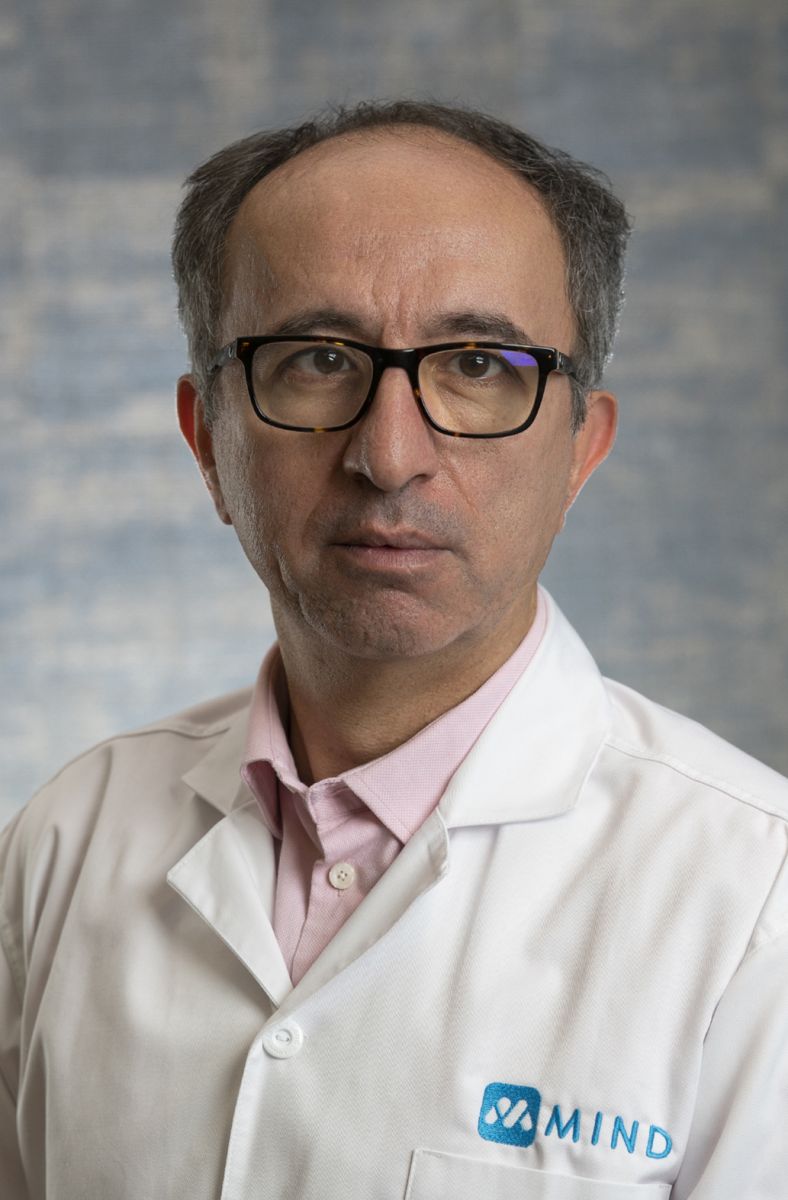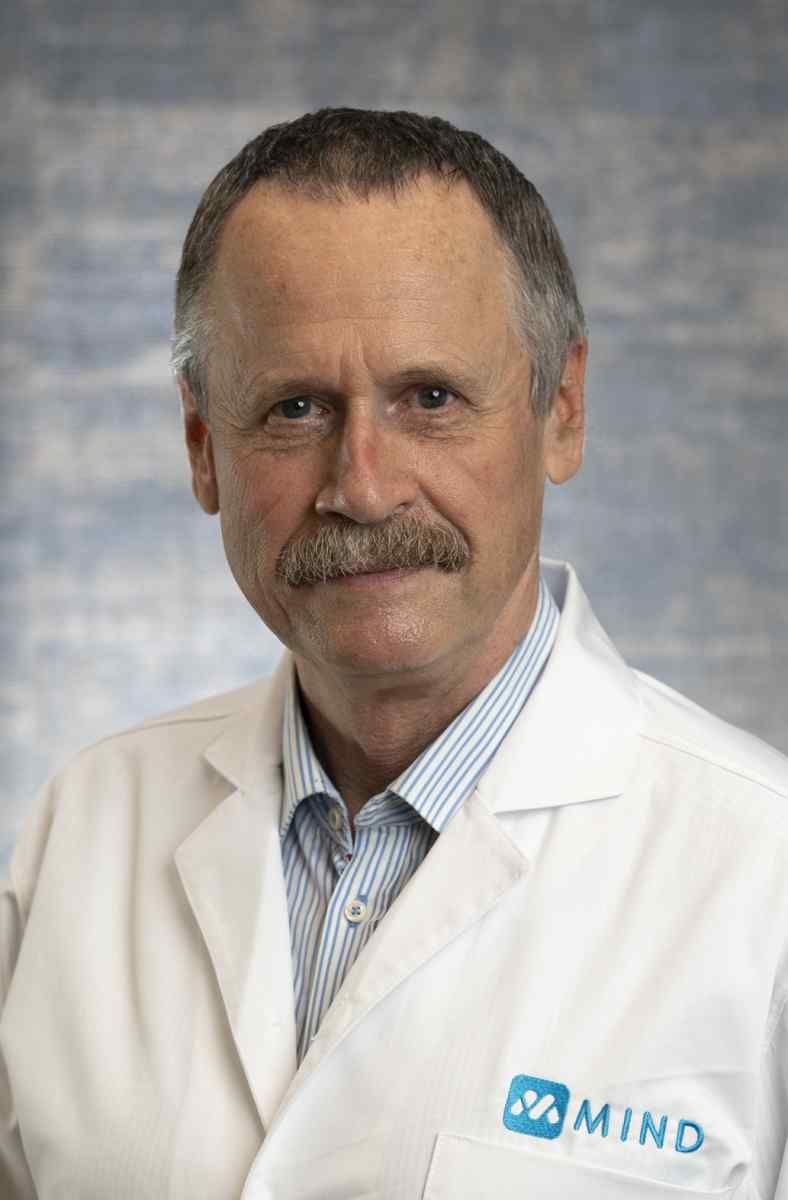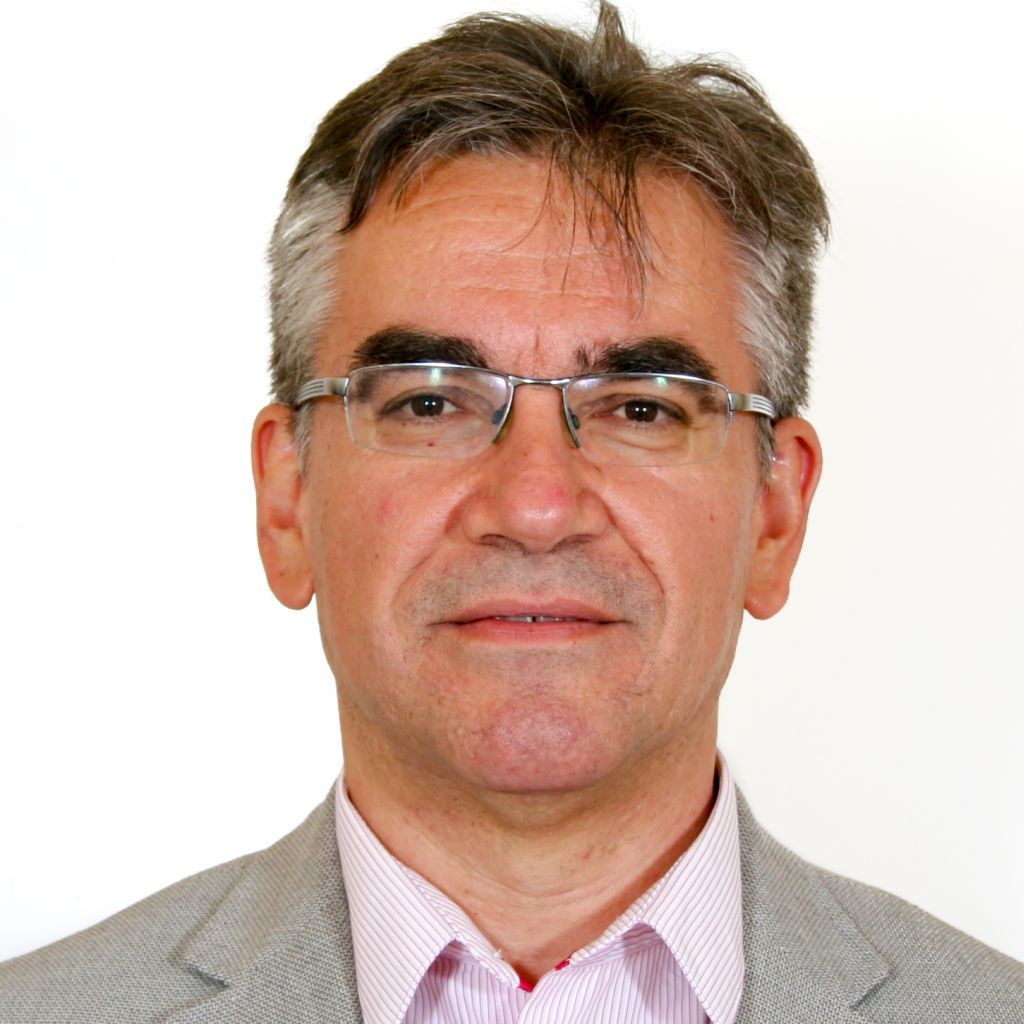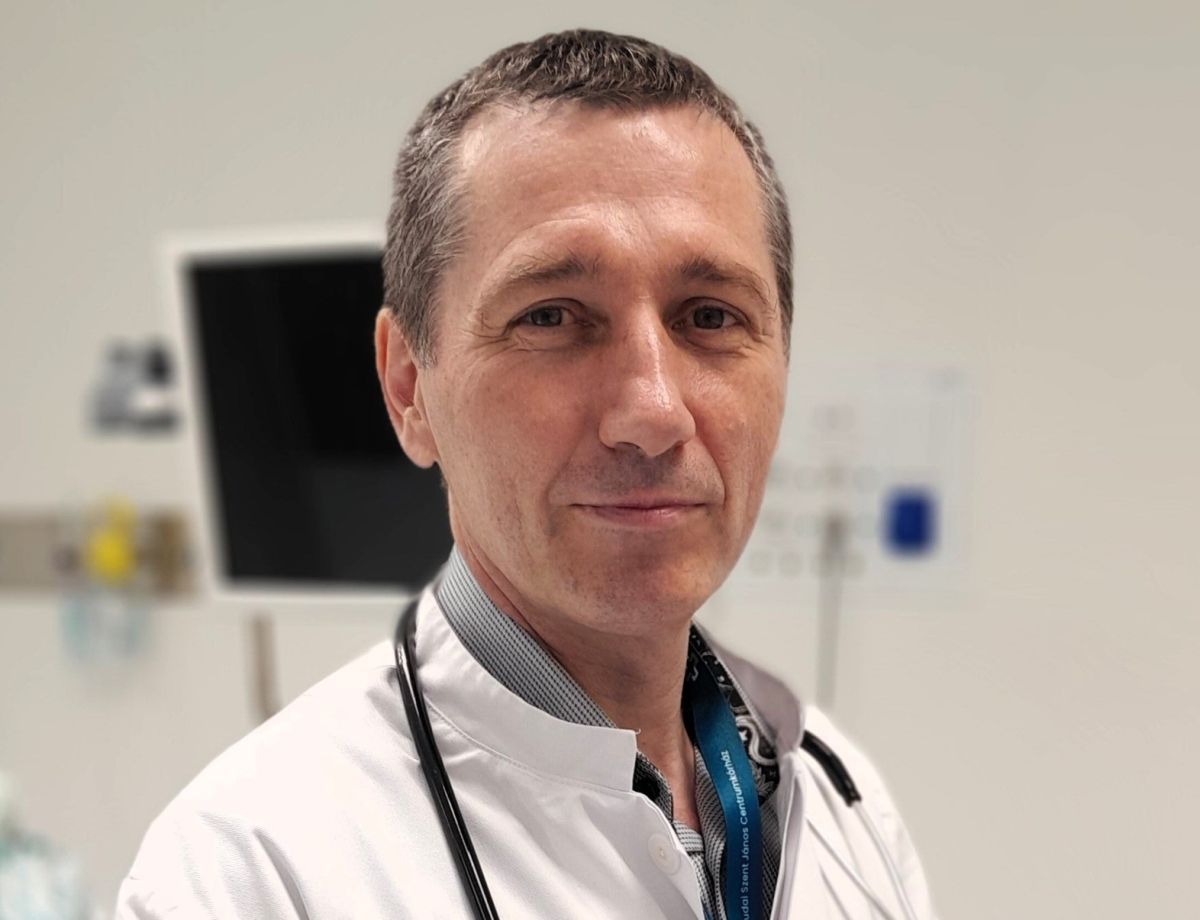Non-Alcoholic Fatty Liver Disease (NAFLD): Causes, Risks, and Management. The prevalence of non-alcoholic fatty liver disease (NAFLD) is increasing worldwide. Once considered an age-related, largely insignificant condition, it now accounts for 30% of end-stage liver disease cases globally. Previously, liver cancer was primarily associated with viral hepatitis or excessive alcohol consumption, but by 2030, NASH (non-alcoholic steatohepatitis) is expected to cause the majority of these cancers. According to Dr. András Gelley, hepatologist at MIND Clinic, this condition has reached epidemic proportions. But what causes NAFLD, and what role does the gut microbiome - the approximately 5,000 bacterial species living in our intestines, 70% of which are unique to each individual - play in its development?
Conditions such as obesity, insulin resistance, diabetes, and elevated lipid levels - especially triglycerides - can contribute to fatty liver development. NAFLD is a treatable condition: abnormal liver enzyme levels and morphological changes can be restored, preventing severe outcomes. Diagnosis is painless, and modern ultrasound devices can measure both fat accumulation and fibrosis, making the disease and its treatment both measurable and trackable.
Our specialists, Dr. András Gelley and Dr. Richárd Schwab, gastroenterologist, discuss these topics in detail.




